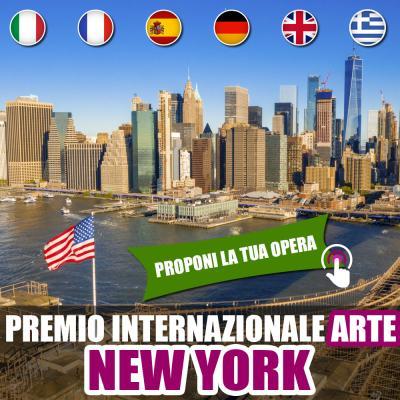Nerio Rosa
Gianni Di Francesco's work is, at first glance reminiscent of a geometric form and a solid and
intense chromaticism with parts which make us think of a collage of rhythmic joints of analytically
studied elements.
But even if some of the results lead us to think of a unconscious citation of an artist who wants to reinvent everything the language that he uses removes him from models of the past and ties him on a disciplinary level, to postmodern cultural issues The decision to refuse the simple solution of accepting already defined surfaces demonstrates that the artist doesn't like using traditional descriptive elements instead he searches to adhere to to a consolidated contemporary form of speech which permits him to reach new levels of expression which are needed to describe his own personal architectural surface solution.
This does not have any naturalistic tendencies
towards meaning or dimension in depth but it defines an autonomous project both when it is seen
as a finished work as well as when it is in the model stage it integrates as a uniform background
but pictorially is very new so much so as to be in all of its clearness a postmodern symbol which
refuses any kind of elaboration of viewing.
The work ends up always having a static and transverse stability a considerable level of graphic energy a rhythm which is never without complexity an emergence which is rich in “attractors” and a diachronic which does justice to the sense of calm
movement (Some reminders of parts of Giacomo Balla's work show a substantial distance from the
expressive meanings of futurism as well as reminders of the cubism of Fernand Leger which
emerge without the help of composite tracts) .
It is thus possible to understand the use of oil paint
necessary to keep the complete ownership of the work method whole and constant without letting
simple solutions get out of hand with conclusions which are born of an intense operative project
and which end with a stable and balanced complexity in which the “attractors” make a cosmic and personal result emerge.
Even if the linguistic variety remains tied to a final equilibrium all of theworks have the potential which let us search for a a variety of artistic solutions where it is possible to play with surprising closeness to operative methods so that order seems to be born of a disorder which hides the beginning and end of every work as much necessary as calmly mysterious. We should follow the future activity of Gianni Di Francesco; which seems to be happily born after1970
when postmodernism indicated new artistic attributes and new priorities in terms of values.
NERIO ROSA.


